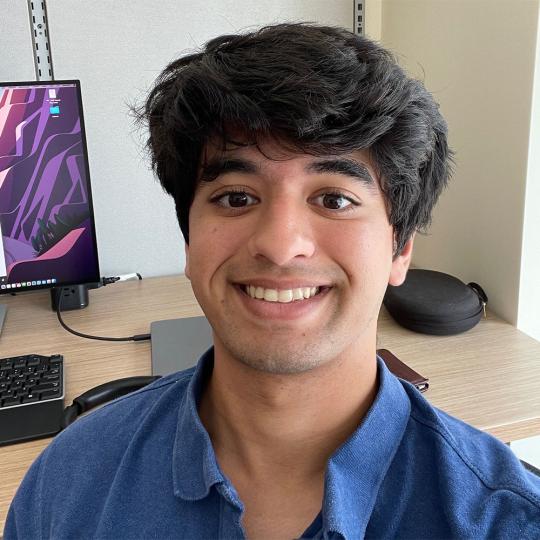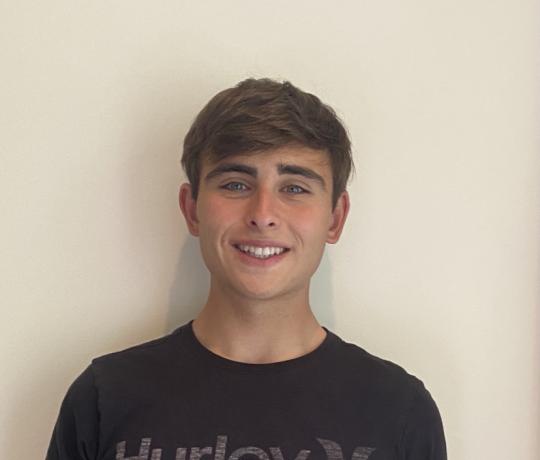Our Students
Students current working with CIVM and recent graduates are listed below.
Students current working with CIVM and recent graduates are listed below.

Hometown: Virginia Beach, VA
Year: Sophomore
Major: Computer Science & Chemistry
Research Focus: I work on building diffusion-based approaches to improve the resolution of dMRI images. Additionally, I create and analyze connectomes from dMRI images of mice of different strains to better understand how changes in brain tractography lead to age related diseases.

Hometown: Raleigh, NC
Mentor: Dr. G. Allan Johnson and Yuqi Tian
Year: Junior
Major: Biology (with a concentration in anatomy, physiology, and biomechanics) and a Chemistry minor
Research Focus: Working very closely with the intersection between MRI and light-sheet imaging, primarily through slicer and imaris, I look to not only quantify the error between the two imaging techniques, but also to register the light-sheet data to the original MRI, creating transforms that precisely match the MRI image. Such registration of light-sheet data allows for a more streamlined neuron counting process to better understand the roots of age-related diseases, particularly Alzheimer’s disease. I also work closely with the 9.4T MR Mouse Connectome Scanner, gathering specimen data for the ongoing 20.5xFAD.01 study.